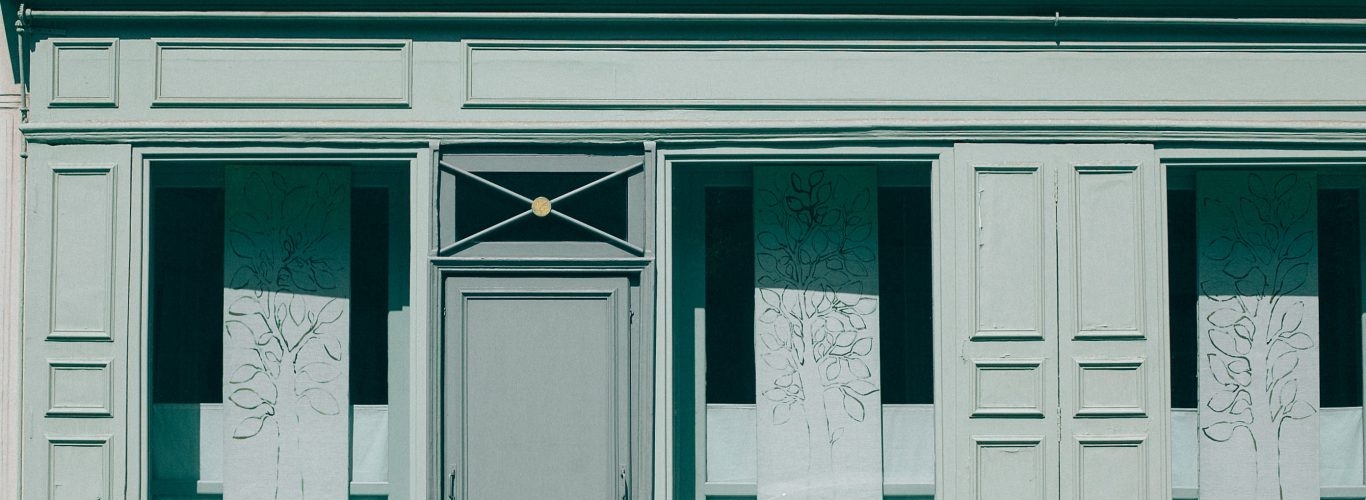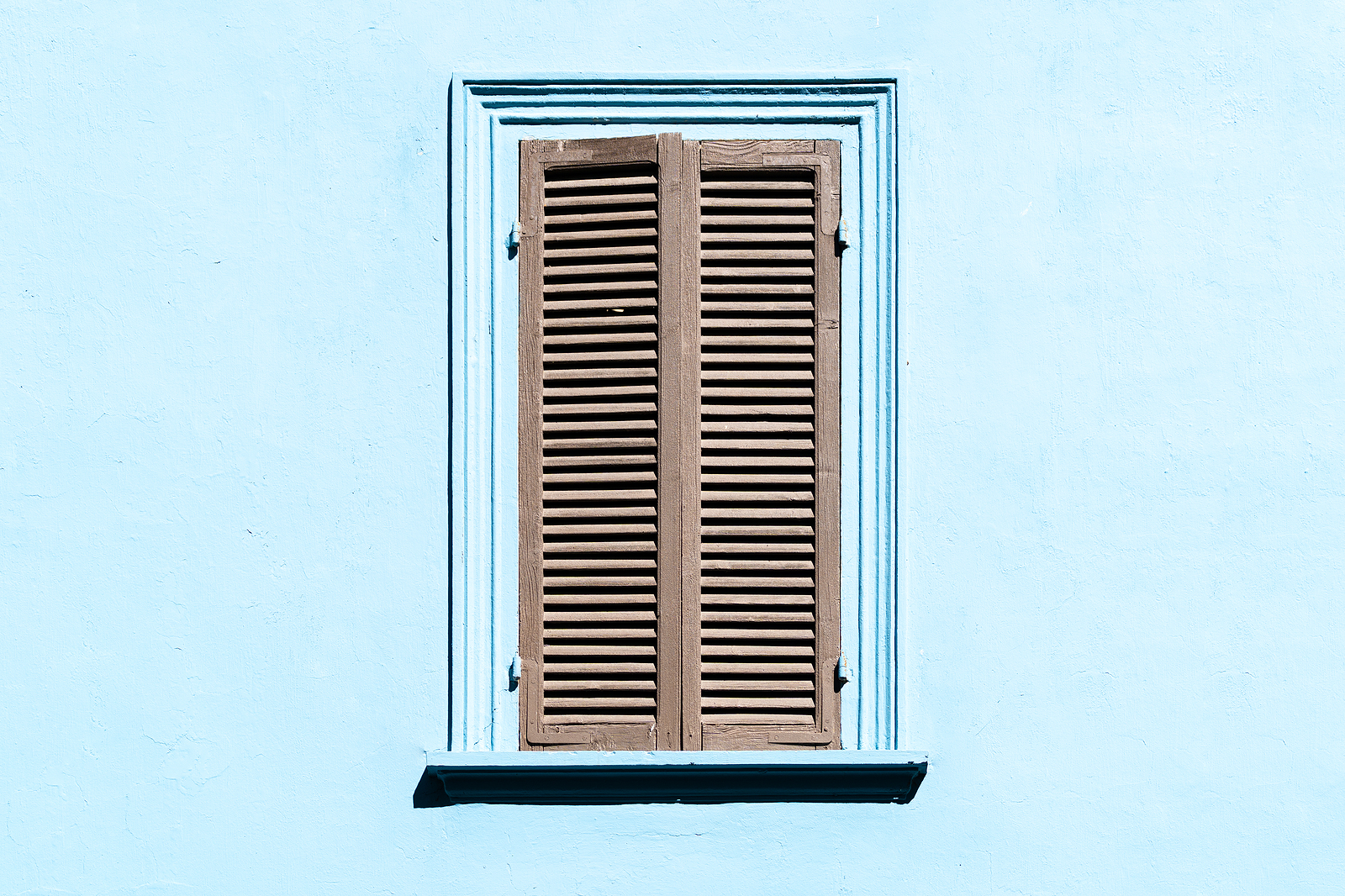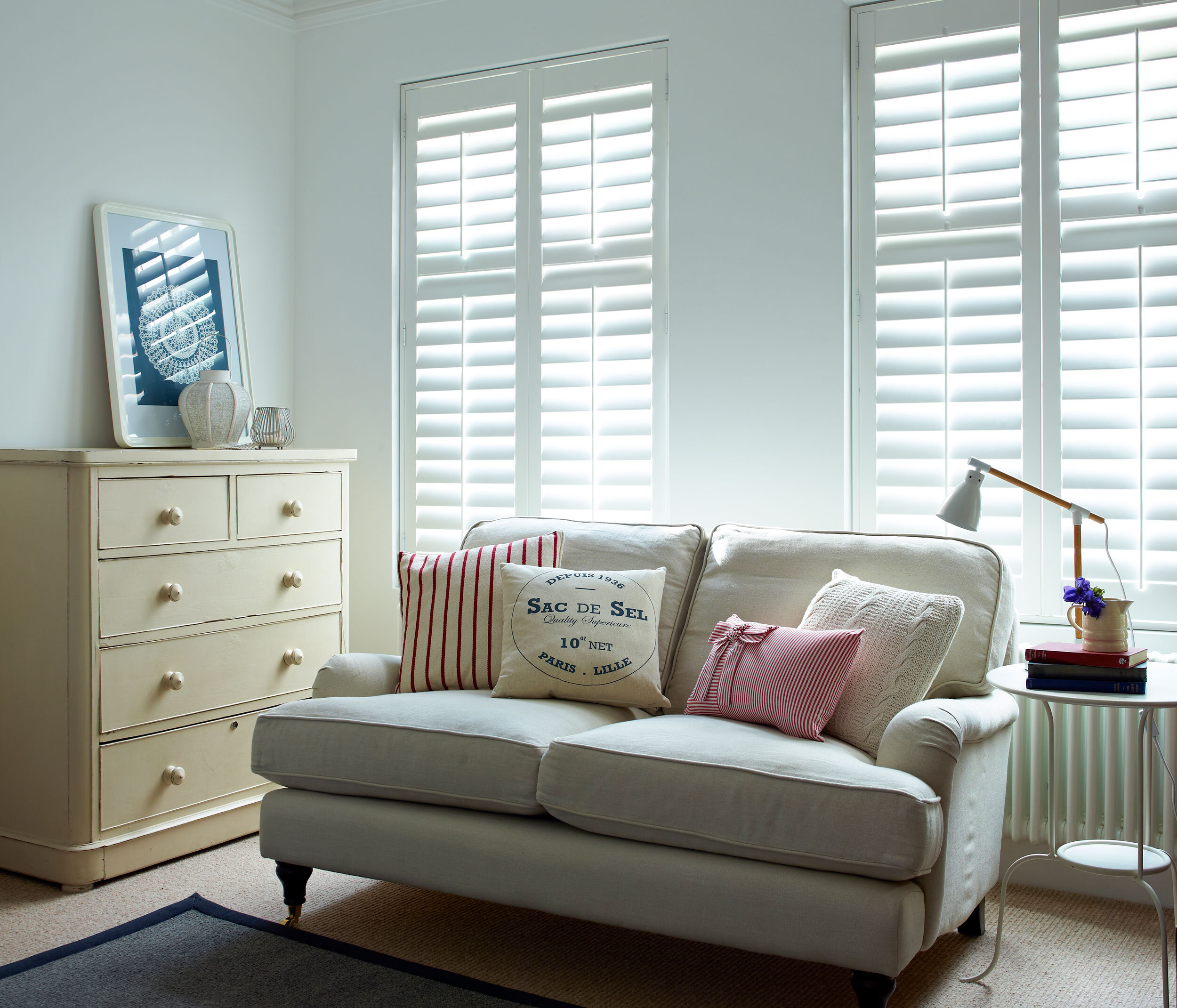Wooden Shutters Vs MDF Shutters: Which Is Best?

There is a considerable appeal in solid wood shutters, not merely for their aesthetic qualities but also their practicality.
Compared to Venetian blinds, solid shutters last longer, require much less maintenance and provide more effective light control. They also have a tendency to stay in style, unlike many blind styles.
However, a debate has emerged about the best material to make solid shutters between solid wood and medium-density fibreboard (MDF), an engineered wood that has a precise, smooth finish compared to hardwood, where the finish largely depends on the particular cut of wood.
In terms of aesthetics, MDF and wooden shutters look similar, especially once they are painted and sealed, although with the popularity of natural textures and materials, that can be a minor negative if you do not plan on painting the shutters white or a solid colour.
Both have their own strengths in terms of functionality as well. MDF is more durable, and the protective coatings regularly used with the material can make them easier to clean, whilst solid wood is stronger and lighter, due to the flexibility of the material.
This flexibility means that if you want oddly shaped shutters to fit unique windows, MDF is less suitable, and the weight means that they cannot be used for especially large openings such as doors and wide windows.
In rooms where humidity can become a factor, such as bathrooms and kitchen windows, wood can sometimes pose a problem as it changes shape and size in these hot, damp conditions, whilst MDF remains static.
The final consideration is cost, with MDF typically having a lower cost depending on what type of shutters you need.
Ultimately, whilst MDF shutters are a functional option in certain cases, solid, natural wooden shutters are the optimal choice for the vast majority of rooms, design schemes and use cases.
Related articles

Can Shutters Be Fitted To Unconventional Window Shapes?
Over the past few years, there has been a growing trend towards more solid window covers, away from curtains and even blinds in favour of solid wood shutters with adjustable louvres. These shutter systems are popular because they look fantastic, fit a wide range of different interior design styles, at once fit traditional and modern […]

Why choose white shutters?
When it comes to shutter colours you really can have it any which way. You’ve got your whites, off-whites, creams, greys, and wood stains. That’s without even mentioning the hundreds – maybe even thousands – of colour matching options available.